Earlier in Bihar, arsenic, fluoride and iron were confirmed in groundwater in 28 districts, but now the Deputy Chief Minister admitted that the water in 37 districts was no longer fit for drinking.
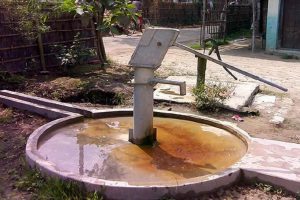 In Dhamdaha village of Purnia district of Bihar, yellowness is visible near the hand pump due to excess of iron. Whereas this hand pump has been installed by the government to provide iron free water. Photo: Pushya Mitra
In Dhamdaha village of Purnia district of Bihar, yellowness is visible near the hand pump due to excess of iron. Whereas this hand pump has been installed by the government to provide iron free water. Photo: Pushya Mitra
Deputy Chief Minister of Bihar Sushil Kumar Modi has informed in one of his speeches that the water of 37 out of 38 districts of Bihar is not fit for drinking. These include contamination with fluoride, arsenic and iron. Despite all the efforts of the government, supply of quality drinking water in 31 thousand wards of the state still remains a challenge. He was addressing the 52nd annual conference of the Indian Water Works Association in the auditorium of NIT Patna on Sunday. This admission of Deputy Chief Minister Modi shows that a large population of the state is still in serious danger due to consuming infected drinking water. With this, the scope of infection has increased, because till just a few years ago only 28 districts of the state were under the scope of drinking water contamination.
Earlier there was infection in 28 districts
However, information is still available on the site of the state Public Health Engineering Department based on the 2009 groundwater quality status report only. Information has been given there that 13 districts of the state are affected by excess of arsenic, 11 fluoride and 9 iron. In some of these districts, there are two types of infections, thus the number of groundwater infected districts is said to be 28. Similarly, there is information about iron contamination in the water of 18673 tolas, fluoride contamination in the water of 4157 tolas and arsenic contamination in the water of 1590 tolas. In this way, groundwater of a total of 24,420 hamlets is reported to be infected.
According to the 2009 report, all the districts situated on the banks of Ganga in the state are under the influence of arsenic contamination. All the districts of South Bihar are fluoride infected and nine districts of East Bihar are at risk of iron infection. Some districts of North-West Bihar were till now said to be free from groundwater contamination. But according to new information, they too may have been infected with iron or arsenic. Yesterday the Deputy Chief Minister informed about the contamination of water in 31 thousand wards of 37 districts of the state.
Infection increased in 6,580 hamlets of nine districts
If this information is considered correct, then in the last ten years the infection has spread in the groundwater of 9 districts and 6,580 hamlets. Continuous efforts were made to get information in this regard from the department officials, but they were not available. According to a report available on the department’s site, the target is to provide pure drinking water in these tolas by March 2020. But how much this can be achieved remains to be seen.
Risk of cancer, fluorosis and gas related diseases
The number of cancer patients is continuously increasing in Bihar due to arsenic contamination in groundwater. It is believed that one in every ten thousand people in an arsenic contaminated area is at risk of becoming a victim of cancer. The number of gall bladder cancer patients has increased rapidly in the last few years in Bihar, and arsenic is being considered a major reason behind this. Last year, a joint research by India and UK revealed that wheat grown in arsenic contaminated areas also poses a risk of cancer.
Similarly, fluorosis patients are seen in abundance in many fluoride infected villages of South Bihar. Their bones start becoming crooked. Gas and related diseases are prevalent in iron infected areas.
Neerain is proud to republish this article for spreading awareness about situation of water, for our stakeholders. Credit whatsoever goes to the Author.
This article is published by: –
Author: Pushya Mitra
Publish On: 13 January 2020

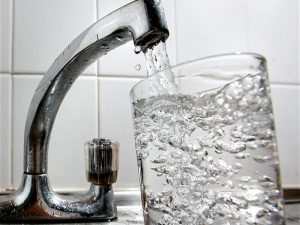 The bench had gone into the details of the PIL and took note of the grave situation of water scarcity stated in the PIL in context to the urban areas of Pune district. The Bombay high court had taken note of the above information and had directed that a special committee be constituted separately for PMC and PCMC. And such committees shall attend to the complaints of the residents regarding water scarcity. The PMRDA was also directed to address the water problems faced by the residents coming under their jurisdiction.
The bench had gone into the details of the PIL and took note of the grave situation of water scarcity stated in the PIL in context to the urban areas of Pune district. The Bombay high court had taken note of the above information and had directed that a special committee be constituted separately for PMC and PCMC. And such committees shall attend to the complaints of the residents regarding water scarcity. The PMRDA was also directed to address the water problems faced by the residents coming under their jurisdiction.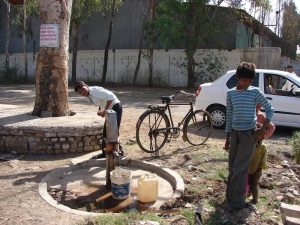 Photo: Ankur Paliwal
Photo: Ankur Paliwal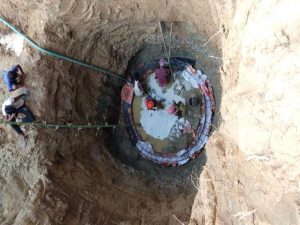 Villagers digging wells in Kedia village of Jamui district of Bihar. Photo: Pushyamitra
Villagers digging wells in Kedia village of Jamui district of Bihar. Photo: Pushyamitra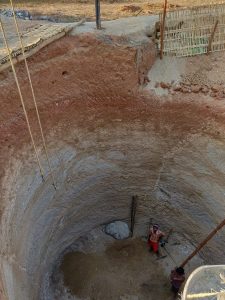 Photo courtesy: villagesquare.in
Photo courtesy: villagesquare.in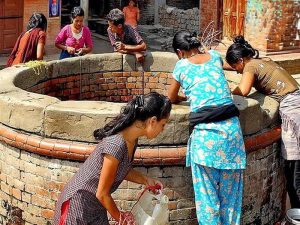 Photo courtesy: down to earth
Photo courtesy: down to earth Photo courtesy: pinterest
Photo courtesy: pinterest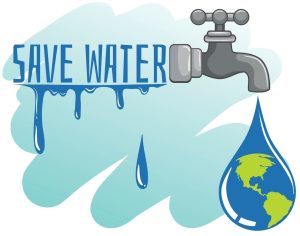 Photo courtesy: wordpress.com
Photo courtesy: wordpress.com